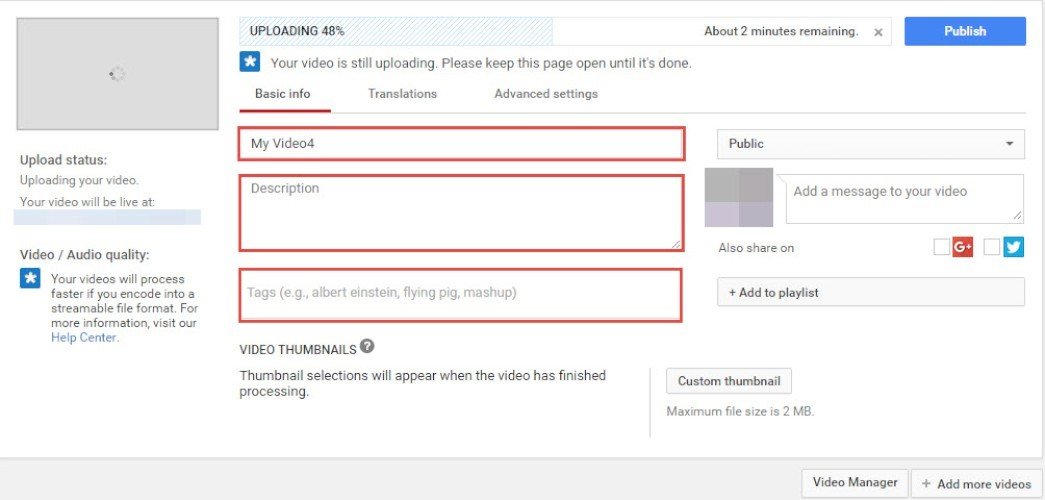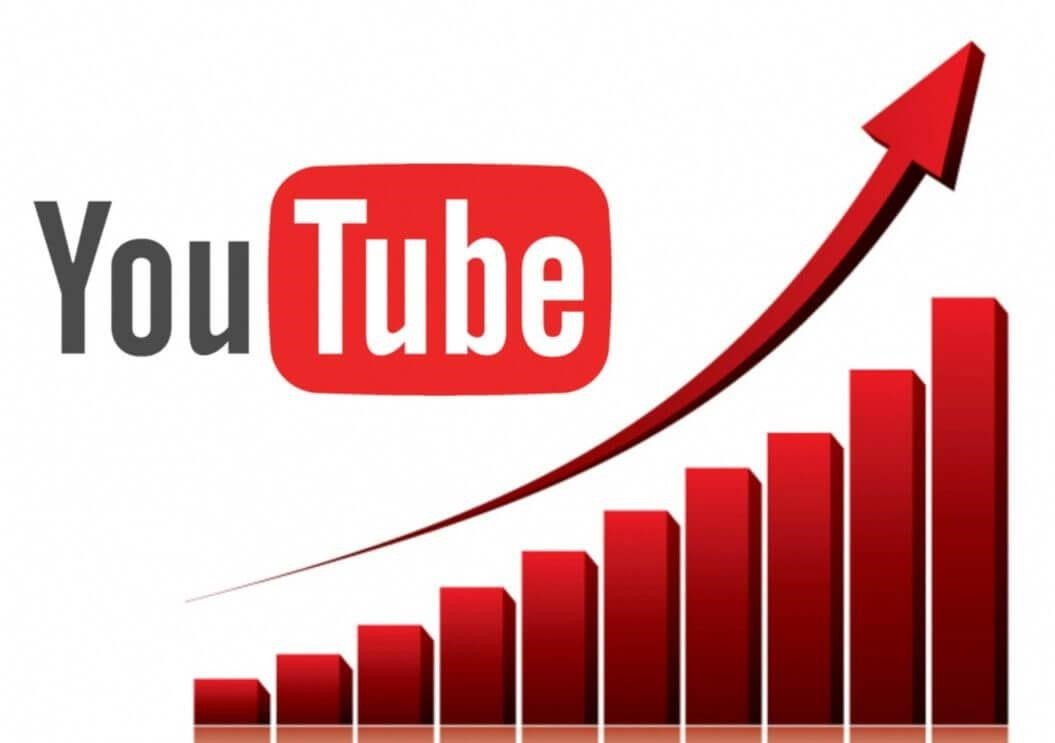With 500+ hours of content posted to YouTube each day, if you want to here are the specs on this YouTube Views, you’ll need to invest in SEO. Here we discuss five things that can be done to optimize your videos for search and boost their rankings faster. In this article, You will learn How to Increase the Ranking of Your YouTube Videos.
WHAT IS SEO FOR YOUTUBE?
The process of making your videos, playlists, content, and channels more search engine friendly is known as YouTube SEO (search engine optimization). It boosts your ranking on YouTube, Google, and other search engines.
Since Google acquired YouTube in 2010, they’ve made similar adjustments to Google’s search algorithm. This implies that while many classic SEO tactics are applicable, YouTube offers unique options for search engine optimization.
The following are five ideas for here are the specs on this YouTube Views and optimizing your YouTube SEO.
Choose Keywords Wisely:
The SERPs competition grows more intense each month. New competitors, innovative products, and new services are all fighting for the best rankings in the market. As a result, it’s vital to broadening your product and service offerings.
By utilizing keywords, you can ensure that your video material remains relevant and is more easily discovered by search engines. Targeting high-volume keywords yet with low competition is preferable and relatively straightforward to rank.
The keywords you select should accomplish two goals:
- Describe your video material precisely.
- Correspond to the search terms individuals use to locate your video material.
You can use the same keyword research tools that you use for PPC or SEO, such as the following:
- WordStream’s Free Keyword Tool
- Google Keyword Planner
- Moz or Semrush
- Google search
Optimize Your Video’s File Name, Title, Description, And Tags:
Because YouTube cannot view your video directly, integrating your chosen keywords into your metadata provides numerous signs to YouTube about the subject of your video.

Video Title:
When writing your video’s title, try to include your keywords naturally. The title should be straightforward, concise, and engaging. While keywords are crucial for video titles, you should write them with the end-user in mind.
Tags:
Tags are a wonderful way that can provide important perspectives for your video. Because you’ve already conducted keyword research, this section should be rather basic. Additionally, you can search for tags used in rival videos to incorporate into your own. You can download Chrome extensions, such as YouTube Tags, to view your competitors’ tags.
Description:
Finally, your video’s description should be optimized. While the maximum character count for video descriptions is 1000, it’s not required to use all of that space. They have arrived to view your video, not to read your essay.
Remember that YouTube only shows the first -100 characters of your description and that visitors must click “see more” to see the rest.
Organize Your Videos By Category:
After uploading your video, you can quickly categorize it under “advanced options” and group it with other related content on YouTube to ensure that it appears on other playlists. This is another excellent method of increasing exposure to a highly targeted audience.
While this appears straightforward, YouTube’s Creator Academy recommends a systematic approach to determining the appropriate category for your video.

You’ll have to figure out what works best for each group, taking into account things such as :
- What do this category’s developers like?
- Who are the most well-known creators, and what do they do?
- Are the videos within a category similar in duration, format, or production value?
This will aid you in picking the category that’s most relevant for your video.
Advertise Your Video:
While this may seem self-evident, you should post your video on all accessible social media to increase its popularity.
Whether it’s Facebook, Twitter, or LinkedIn, all social media platforms have the potential to generate visitors. LinkedIn appears to have the highest interaction rate for business videos, owing to its more business-oriented traffic.
Encourage Video Hopping:
When more people watch your films, you get an edge. If someone likes one of your videos, they may watch more. That is the significance of playlists, but there are other methods to improve them.
Among the most effective strategies is the video end-cap. The end-cap is a brief clip that runs for approximately ten to thirty seconds and is appended to the video’s conclusion. Most artists utilize this to make product announcements or express gratitude to their audience for watching their video.
It’s a wonderful way to display similar videos without relying on YouTube to direct viewers to your channel, which may or may not happen. Utilize one or two of your most fascinating videos and incorporate clips from them into windows within your main video. Connect the preview to the page containing those videos with the annotation link.
Additionally, it is beneficial to advertise videos that will not immediately follow the current video in the playlist. It would be far simpler for people to continue viewing the playlist if they so desired.
While following these procedures will certainly get you a higher rating on YouTube, there is always more to learn about YouTube SEO. YouTube is a competitive platform for content sharing due to the massive number of individuals visiting regularly. And while the competitiveness can be intimidating at times, you should keep in mind that there are still numerous strategies to rank higher and enhance your YouTube SEO to increase the profitability of your channel and videos.
Whatever SEO technique or tool you use to get started, a great YouTube channel begins with quality content. Assure your viewers that they will find something of high quality and relevance when they find you.

